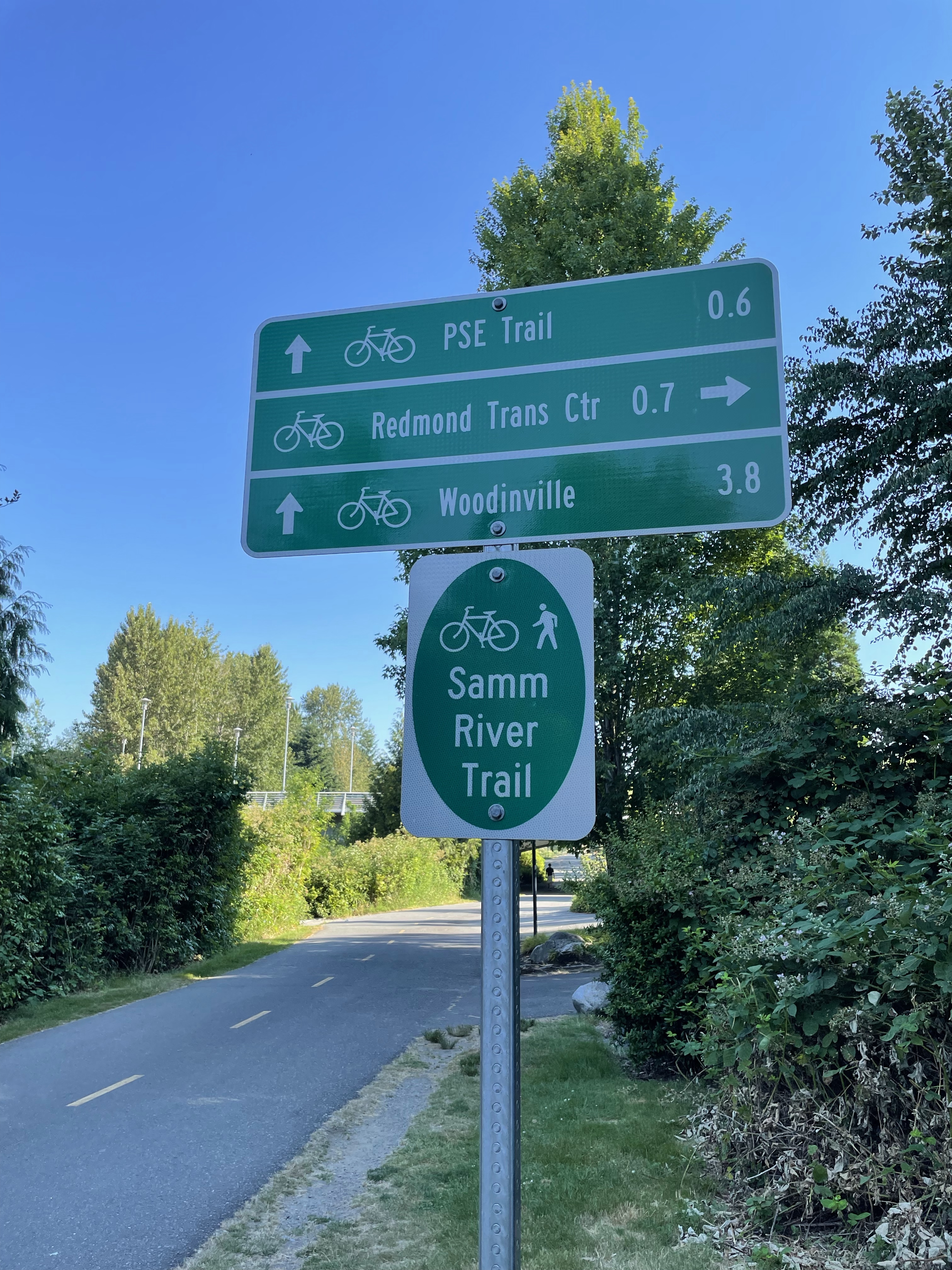There are many different ways you can start introducing more physical activity in your day to lower blood pressure naturally. It might be walking, swimming, or even other pool activities.
The key is to start moving and try for at least 30 minutes a day of continuous movement. If that’s not possible, don’t despair! Breaking it up into 2 separate segments of 15 minutes each is beneficial too!
You might be thinking: well there’s no way I’m going to drag myself to the gym and walk on a treadmill at the end of a long day. That’s totally fair.
When it comes to lowering blood pressure naturally by exercise, choose what fits into your life and is sustainable as a habit. Consistency is highly effective. Aim for 30 minutes at least 5 days a week.
I personally enjoy taking walks. The sights and sounds of getting outside is helpful for improved mental health (yay lower anxiety!). It’s also convenient for me to just lace up my shoes and step outside. Also, for those of you with back, hip or knee pain, walking is lower impact and less painful.
If you’re ever in the Seattle, Washington region and want to experience more than the typical tourist attractions, head on over to Redmond and take a nice brisk walk down the gorgeous Sammamish River Trail. I’ll include a few pictures below for your reference!
What are you doing on a daily basis to increase the level of physical activity? Please share!






